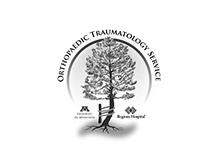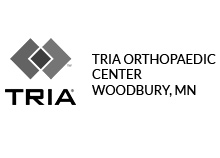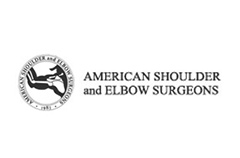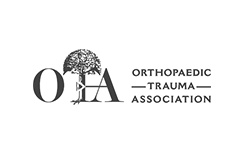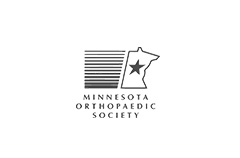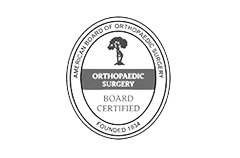Olecranon Fractures
- Diagnosis
- Non-operative Options
- Operative Options
- Before Your Surgery
- After Your Surgery
- Your Rehab
What are Olecranon Fractures?
Olecranon fractures are the most common type of elbow fracture. The elbow is formed by three bones, the humerus, radius and ulna. The olecranon is the bony prominence of the ulna at the elbow.
Causes of Olecranon fractures
Olecranon fractures may occur from trauma, resulting from various reasons; a fall on an outstretched arm or a direct blow to the elbow.
Symptoms of Elbow Fractures
Symptoms of an olecranon fracture include pain, bruising, stiffness, swelling in and around the elbow, a popping or cracking sound, numbness or weakness in the arm, wrist and hand, and deformity of the elbow bones.
Diagnosis of Olecranon Fractures
To diagnose an olecranon fracture, your doctor will review your history and symptoms and perform a physical examination. X-rays of the joint are taken to visualize the fracture or other possible injuries.
Want to know more?
Non-surgical treatment options include pain medication, ice application, and the use of a splint or a sling to immobilize the elbow. The sling is usually worn for a period of 6 weeks.
Surgery is indicated when the bone fragment is displaced or in case of an open fracture. During surgery the bones are realigned and stabilized with screws, plates, pins or wires. Small fragments may be removed.

Once you and your doctor decide that surgery will help you, you will need to learn what to expect from the surgery and how to actively participate in the treatment plan for the best results afterward.
Preparing mentally and physically for surgery is an important step toward a successful result. Understanding the process, and your role in it, will help you recover more quickly and have fewer problems.
Before surgery, your doctor will perform a complete physical examination to make sure you don’t have any conditions that could interfere with the surgery or the outcomes.
- Routine tests, such as blood tests and X-rays may be performed.
- Discuss any medications you are taking with your doctor as you may have to stop or alter your intake before surgery. If you are taking aspirin or anti-inflammatory medications or any drugs that increase the risk of bleeding, you will need to stop taking them one week before surgery to minimize bleeding.
- Discuss with your doctor about preparing for potential blood replacement, medical interventions and other treatments prior to surgery.
- Report any infections to your surgeon. Surgery cannot be performed until all infections have cleared up.
- If you smoke, you should stop or cut down as smoking interferes with wound healing and can affect your recovery.
- Have someone available to take you home, as driving is not recommended for at least 24 hours or as advised.
- You may need help with everyday tasks such as cooking, shopping and laundry.
- Put items that you use often within easy reach, so you won’t have to stretch and bend as often.
- After Surgery Video
- Elbow Surgery Recovery Video
- Elbow Elevation Technique Video
You will have certain activity limitations during your recovery.
Want to know more?
- Physical Therapy Intro Video
- Finger ROM Video
- Standard Elbow ROM Video
Strengthening exercises are recommended to improve the range of motion.
Want to know more?
- Download Dr. Myeroff's Elbow Elevation Technique Information Sheet
- Download Dr. Myeroff's Standard Elbow ROM Diagram Information Sheet
- Download Dr. Myeroff's Finger ROM Diagram Information Sheet
- Download Dr Myeroff's Post-Op Protocol for Olecranon Fracture – ORIF
- Download Dr Myeroff's Post-Op Protocol for Monteggia Fracture Dislocation– ORIF
- Download Dr. Myeroff's Olecranon Fractures
- Download Dr. Myeroff's Simple Dislocation








